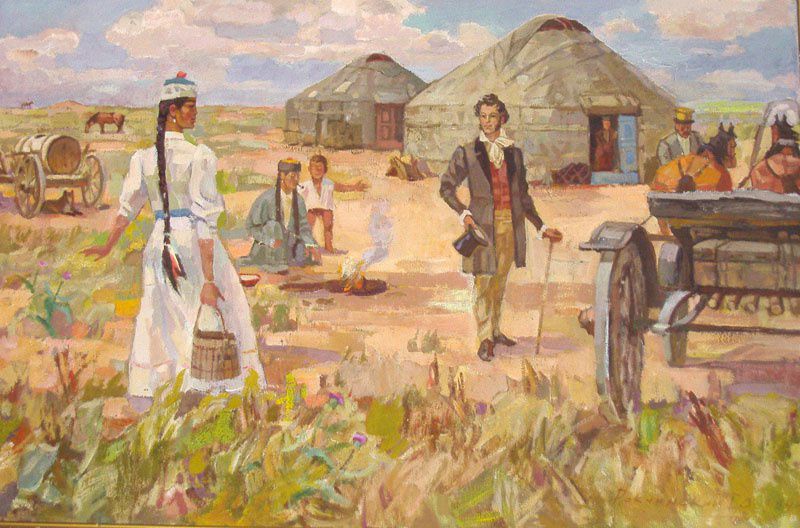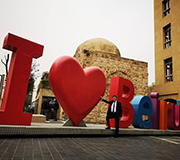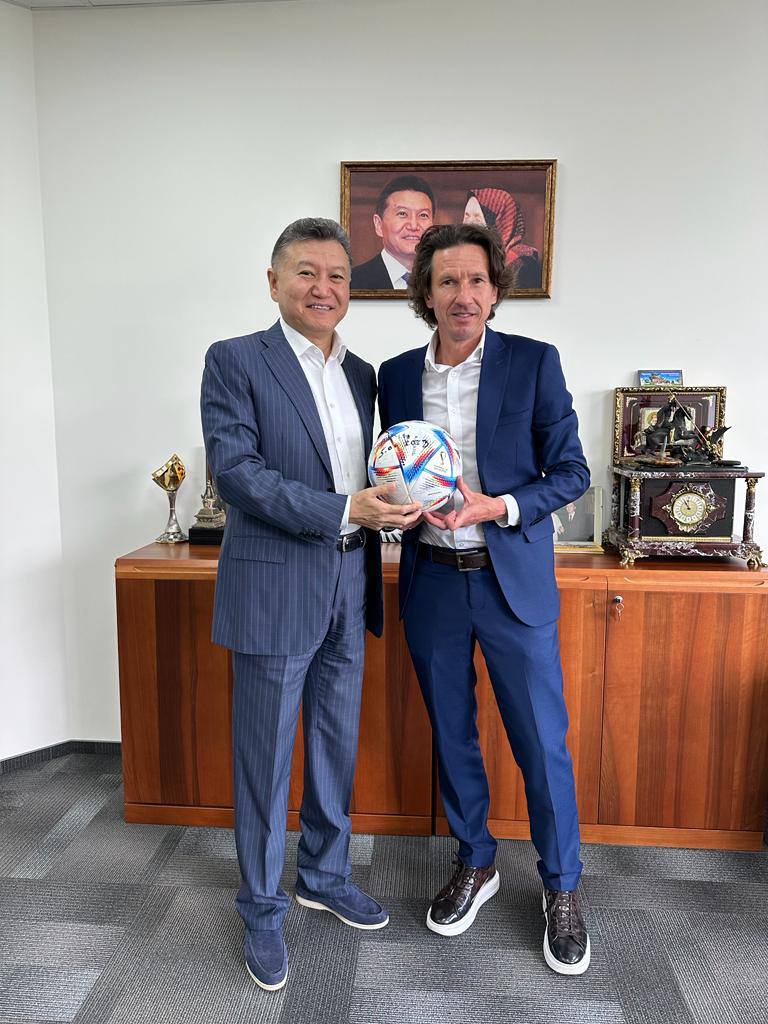First of all, the contrast between the name and the real city is striking. “Elst” means sandy in Kalmyk. It was sandy when it was founded, but now it has more greenery than many southern cities. Siberians were especially impressed by the roses blooming on the streets in October, the walnut trees in the courtyards and the thuja, which we grow as a houseplant only.
Ulan-Ude is older than Elista by a good two hundred plus years. This city is only 153 years old. It should be mentioned that it was occupied by the Nazis during the Great Patriotic War for five months. Add to this the deportation of Kalmyks and the liquidation of the Kalmyk Autonomous Soviet Socialist Republic, which was restored in 1957 only.
The Kalmyks themselves say that their capital would be no different from other cities with Soviet architecture if not for the first president of this republic. Under Kirsan Ilyumzhinov, Elista acquired a Buddhist flavour, for the sake of which almost everyone, who drives to Volgograd, Makhachkala and Astrakhan on federal roads, make a detour to it. We emphasize that the Kazan Cathedral, the Poklonniy Cross and the chapel of St. Sergius of Radonezh were built in Elista during the same years (all of these was built under Kirsan Ilyumzhinov. One should also remember the largest Buddhist temple in Europe “Golden Shakyamuni Buddha”, - Ed.). But tourists and travellers come to Elista to see what they will not see in Western Russia.
Even at night, the seven-tiered pagoda located in the central square of the capital struck us. In the morning, I was impressed by the suburgan called “The stupa of enlightenment that brings peace, harmony and happiness to all living beings”. The arch of the Golden Gate - a masterpiece of Buddhist architecture - is built in the favourite resting place of citizens. There is also the Sacred Lotus fountain and the six-sided rotunda with a white marble statue of Buddha.
It was Kirsan Ilyumzhinov who completed the construction of the grandiose Geden Sheddup Choikorling Buddhist monastery complex, the construction site of which was consecrated by the 14th Dalai Lama. In short, everything tells the guests of Kalmykia that they have arrived to the capital of a Buddhist republic. And this local colour is the visiting card of Elista.
There are many interesting sculptures in Elista, which, at first glance, are not related to Kalmyk culture. But these small creations give charm to the streets of Elista. Under Kirsan Ilyumzhinov, several international biennials were held and sculptors from different countries and regions of Russia were invited. The participants of the Biennale left their works as a gift, which adorns the alleys and squares of Elista today.
Read the following articles about how the largest Buddhist temple in Europe works now, what is the unique City Chess, how the sacred poplar grew in the Kalmyk steppe and interviews with Kalmyk scientists and businessmen.
To be continued…




































